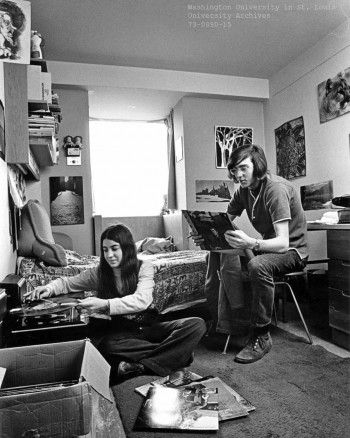
I lived in the dormitories during my undergraduate days for one year; I then lived in rental housing close to the campus (a small Catholic liberal arts college), but I spent more time on campus than in my humble room with a hot plate.
I was pretty naïve, having grown up in the Catholic ghetto where sex and especially homosex was a no-no until the marriage bed, even though I knew in high school that some of my bigger and stronger and definitely more jockish compatriots were screwing girls.
However, my first year in the dormitory was something of a daze (that freshman year is more of a social rather than academic transition), but I did notice one particular social norm in the dorms: heterosexual couples would move in together; the double bed in the guy's room signified that he had a steady girlfriend.
Now, some of the female students had outside campus boyfriends; in fact, one student, a bit older than the 18-19 year old age range, had three children already by a rather large in size black guy named Wade. I was floored (my naivete) at this situation, not so much the interracial part, but that she had sex. And had children. And she wasn't my parents or a friend of my parents.
Gay sex? In the early 1980s (and AIDS had not really manifested itself in suburban Chicago at that time) not so much, though one guy who was had transferred to another school named Howard was supposedly gay. The evidence? He did not wear underwear beneath his jeans. Huh?
The underwearless guy dated a heavyset girl, who was also dating another guy who ended up being gay. (The cliché in this case is true.) I went with them to see Victor, Victoria. I still didn't get what was going on.
I did get that Janice was a butch lesbian, but one of her girlfriends, Yvette, was "experimenting" and went back to boys. A friend of mine and I met up with them after a Stevie Wonder concert (in his hotel room, because a sister of a student at the college was one of his backup singers).
Janice and Yvette were African-American, and I don't want to perpetrate any stereotypes, but those girls were wild. And fun. And accepting of everyone (so unlike some of the pre-"bro" jock types around there who muttered fag under their breath when I walked by).
I even went to a couple of what were called "sets," (dances, to hypnotic music which I guess was a predecessor of what today is called "house music") and I even was invited to a meeting of the African-American club.
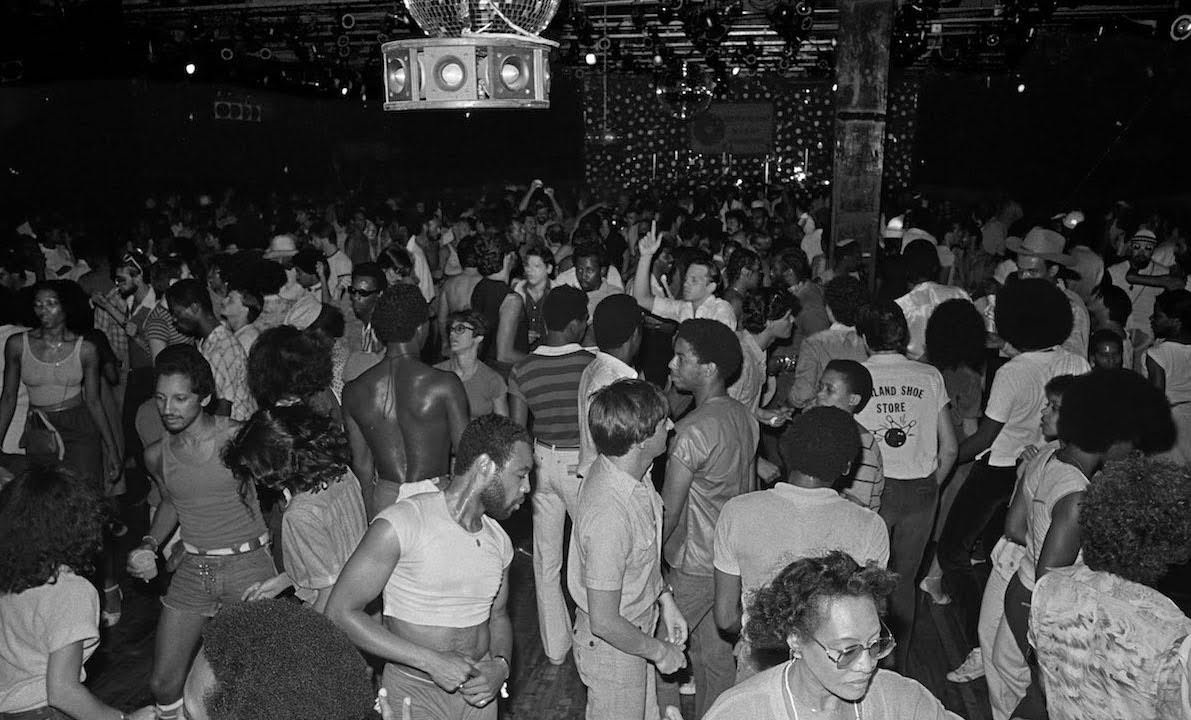
(I also went to a disco with a nun until 4 a.m. I vaguely remember dancing with an African-American guy and his girlfriend. The guy told me I was moving around too much. This incident occurred my senior year.)
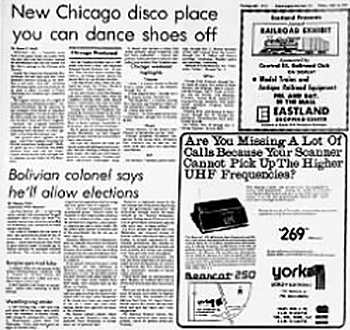
But I didn't accept a possible interracial (I being the only white guy) fourway with Brenda (who flunked out after the freshman year), Sandra, and a real hot guy from off-campus after I hung out with them one night. I was invited to come to the bed, but I chickened out.
The closest I came to any type of sexual experience was jacking off with a pair of T.J.'s cowboy boots. T.J., an off-campus friend of another African-American friend of mine, Denise (you could get drugs from him), crashed in my room one night while I slept platonically with Denise in her room. We were all drunk. He left his big sweaty Dingo boots there and I had some fun.
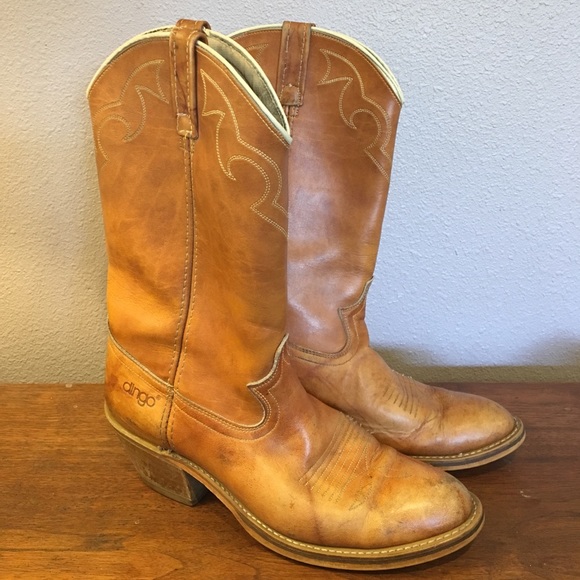
Even though I didn't have sex in college of any kind with anyone, I must admit the experience exposed me to, at that time, the rather frightening, often confusing, but in the long term ultimately liberating world of guys and girls interacting on various levels of the sexual spectrum.
By the time I came out as an adult, AIDS was in full swing. I sometimes wonder if I had dared to be intimate with anyone if I would have contracted it and possibly not have survived.
Yet coming out was my realization that sex does not equal death. Sex is life at its most elemental level, but for me, it is an integral part of a lively intimacy with another person.
Without an openness to that intimacy, I would have dried up inside. All those people I knew in college showed me that a lively juice in me was there, ready to bubble forth. Ripeness is all.
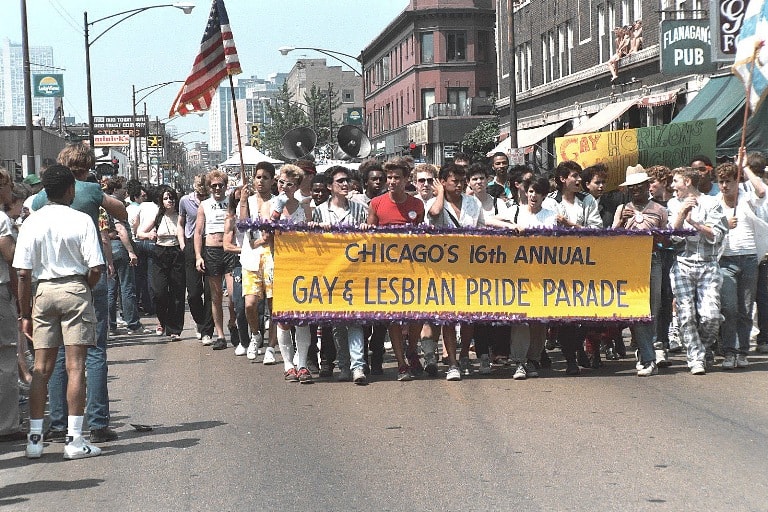



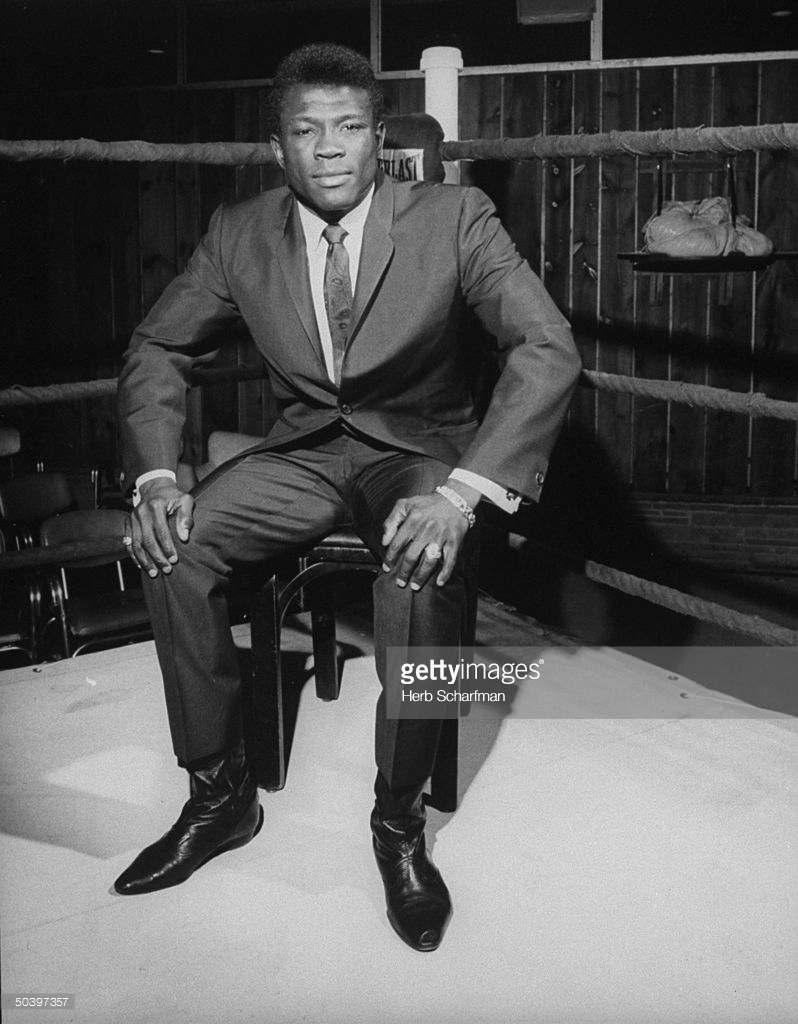
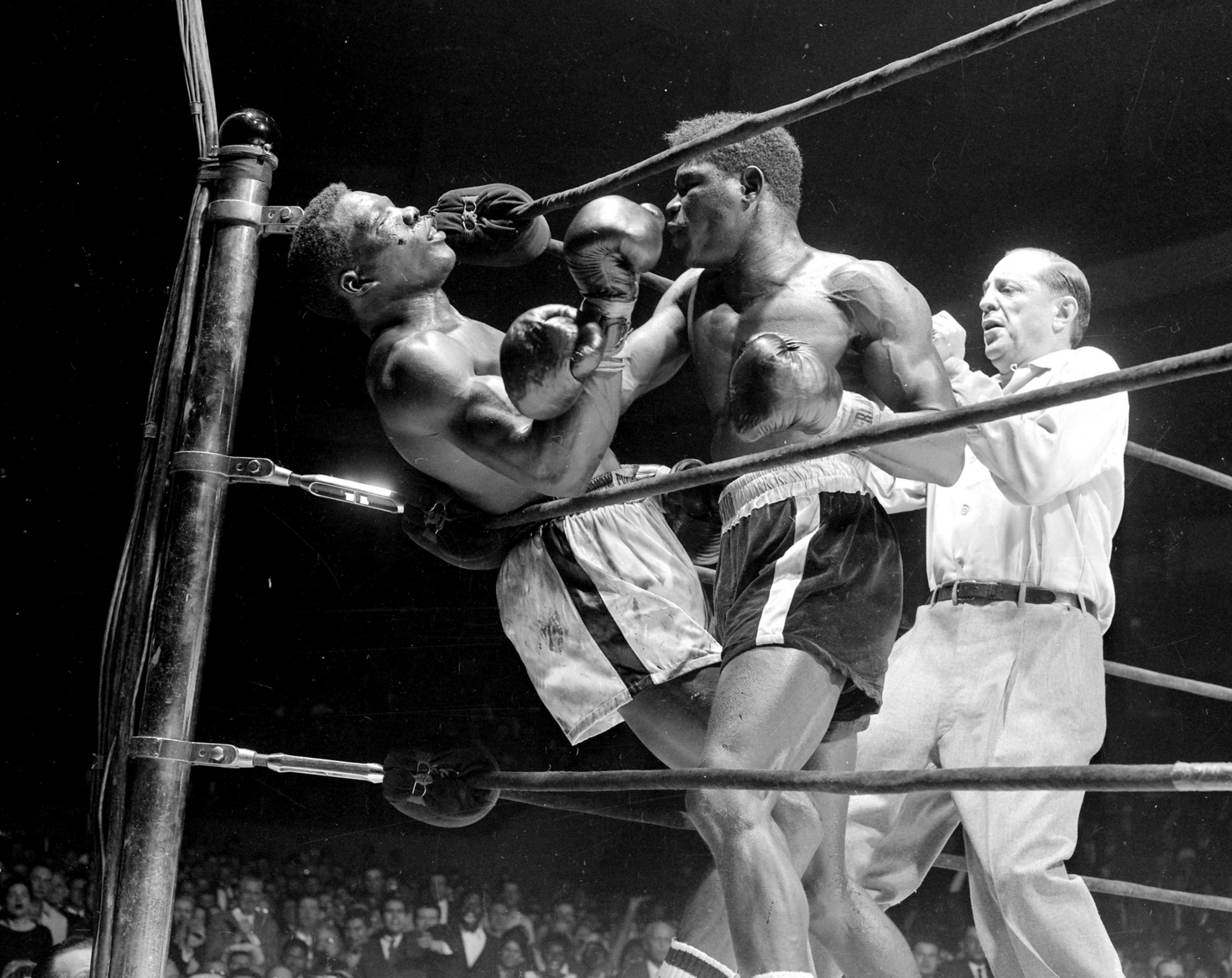
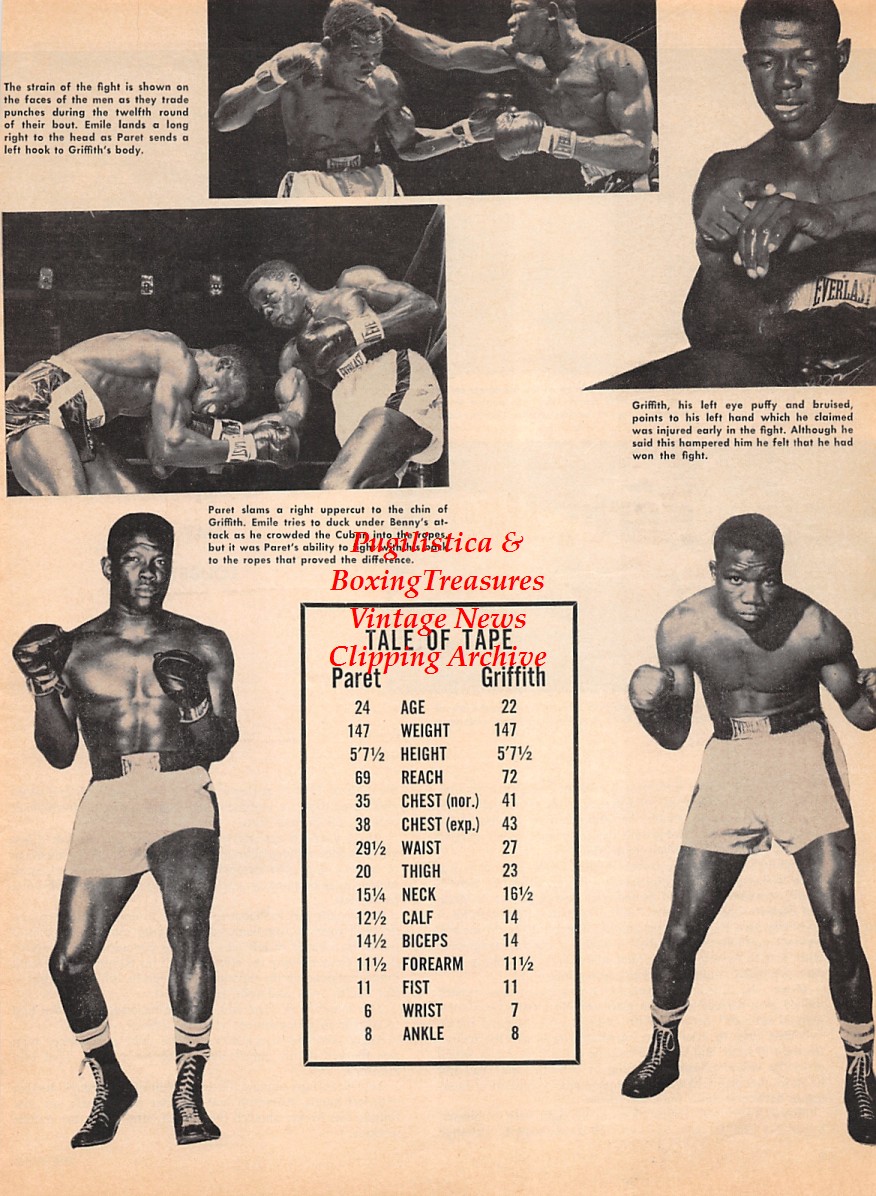
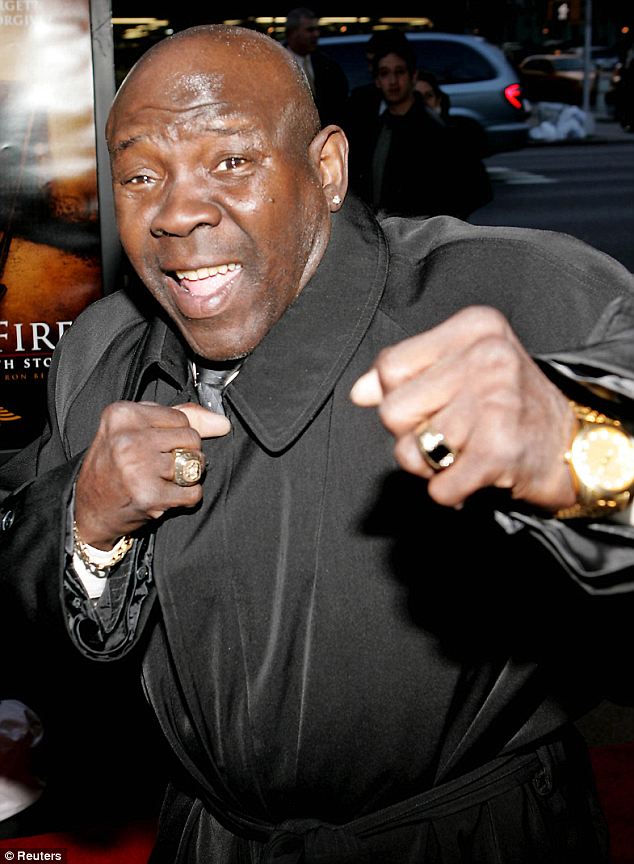
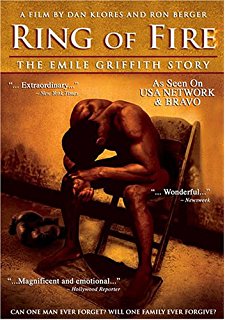
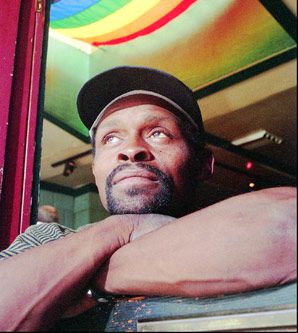
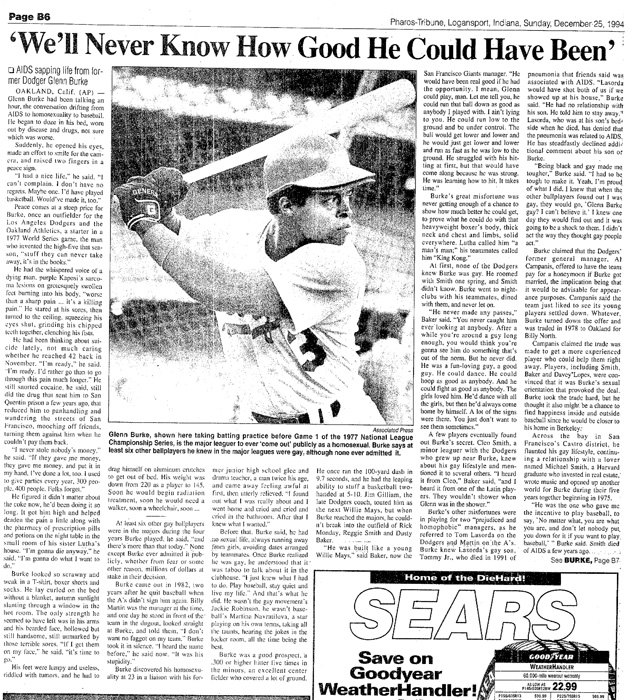
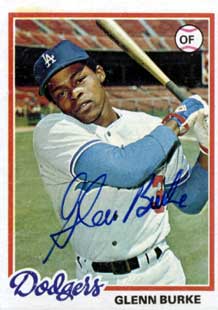
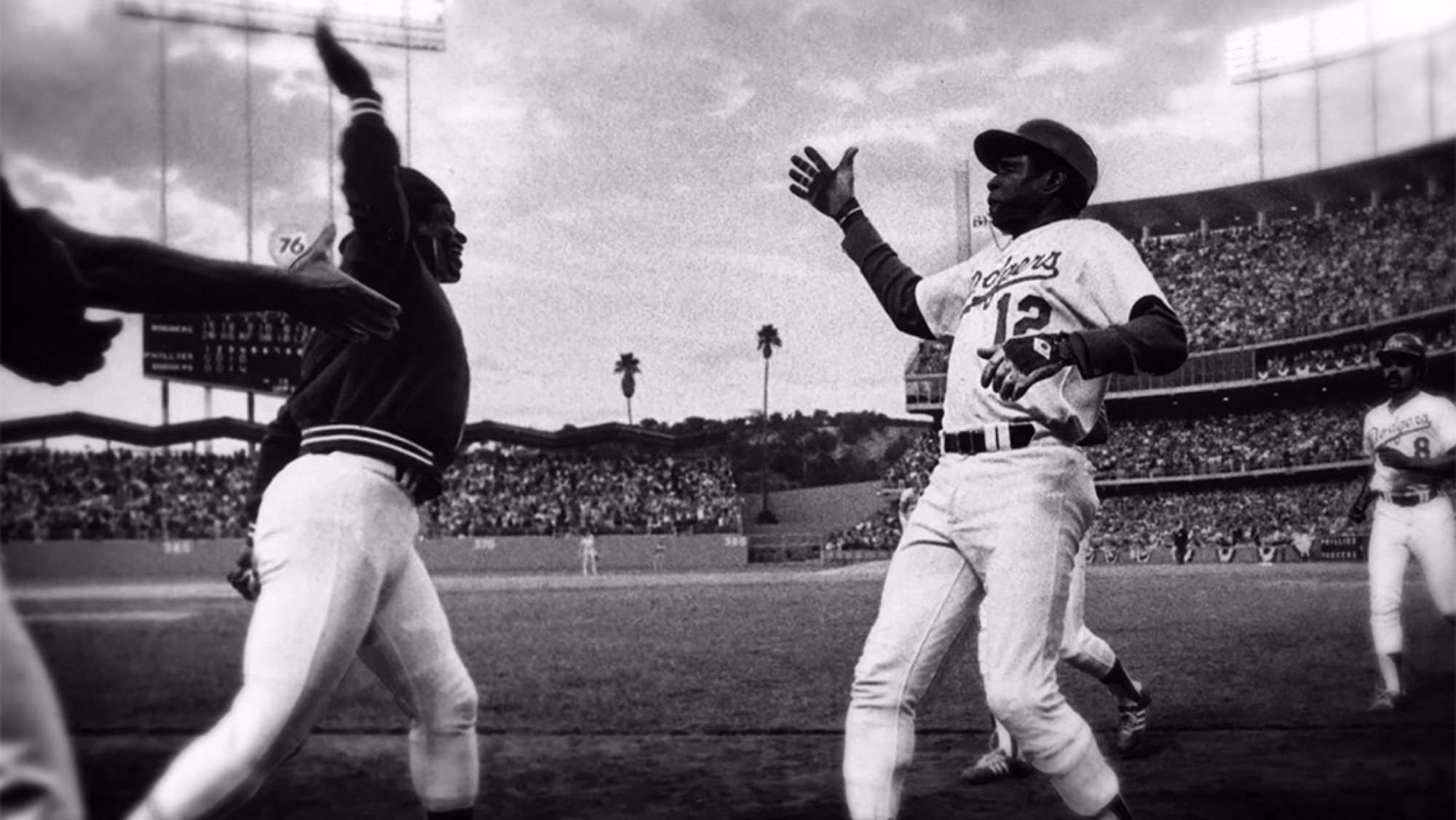
 Join our Email List
Join our Email List Like Us on Facebook
Like Us on Facebook Instagram
Instagram Youtube
Youtube Follow Us on Twitter
Follow Us on Twitter Follow us on Pinterest
Follow us on Pinterest